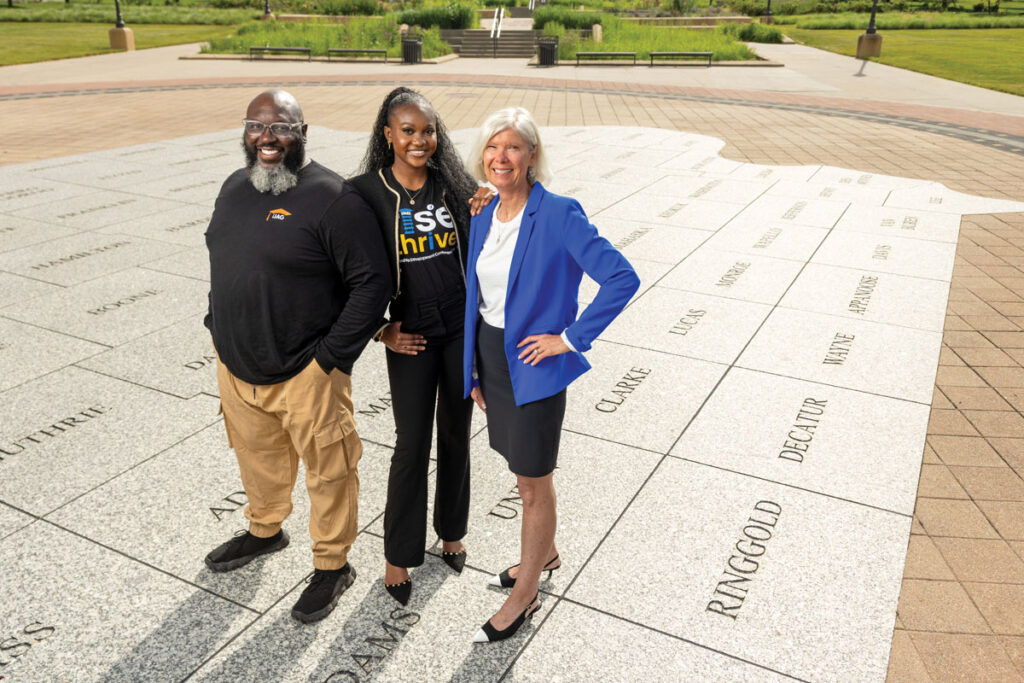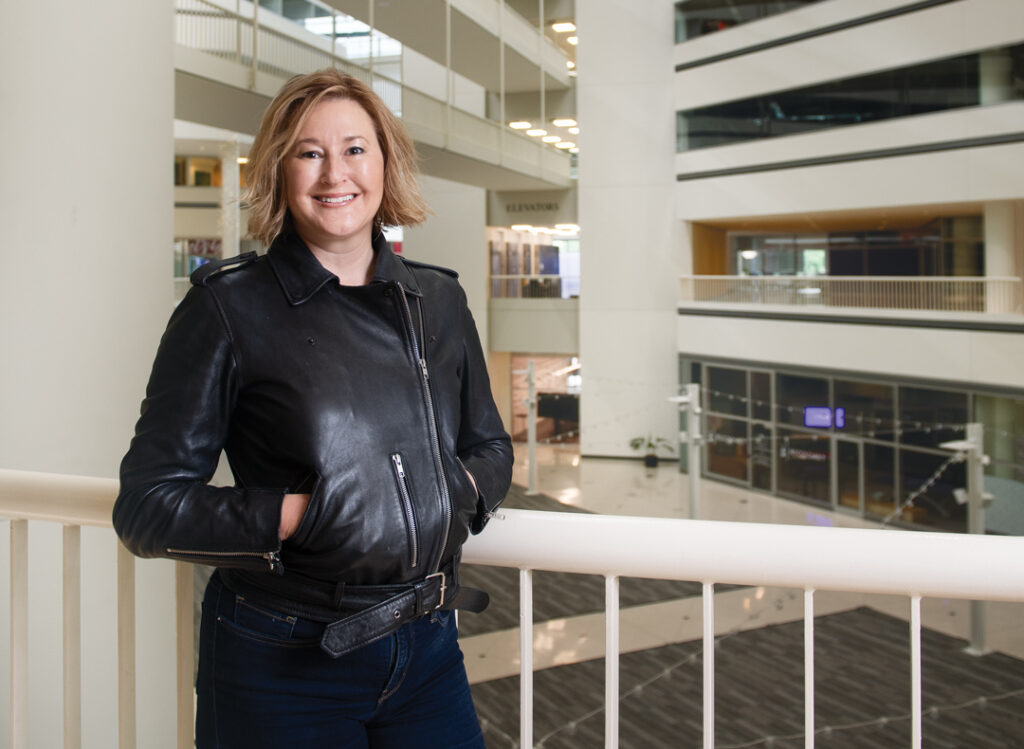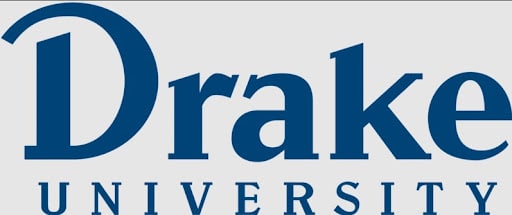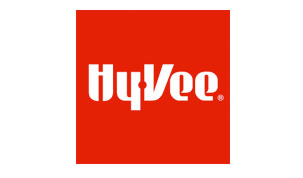Here’s how leaders at Pella Corp. are using AI, automation and acquisition to maintain growth in current housing market

Mike Mendenhall Feb 28, 2025 | 6:00 am
11 min read time
2,733 wordsInnovation and Entrepreneurship, Manufacturing, Workforce DevelopmentThe atrium inside the front entrance of the Pella Corp. headquarters is part events space, part museum.
It’s sandwiched between the historic manufacturing plant where the office of founder Pete Kuyper is carefully maintained the way he left it when he died in 1981 and the recently added Experience Center, where meeting space sits at the end of a maze of the manufacturer’s window and door products on display.
On Feb. 4, the atrium played host to hundreds of Pella Corp. retirees, employees and their families, and Kuyper’s descendants, the company shareholders, to celebrate Founders Day — the company’s 100th anniversary.
“It’s a little bit of a museum piece for us here, a little point of pride for us, too, to have that connection back to our history,” Kevin Gaul, director of operations for wood and fiberglass at Pella, said of Kuyper’s office during a plant tour.
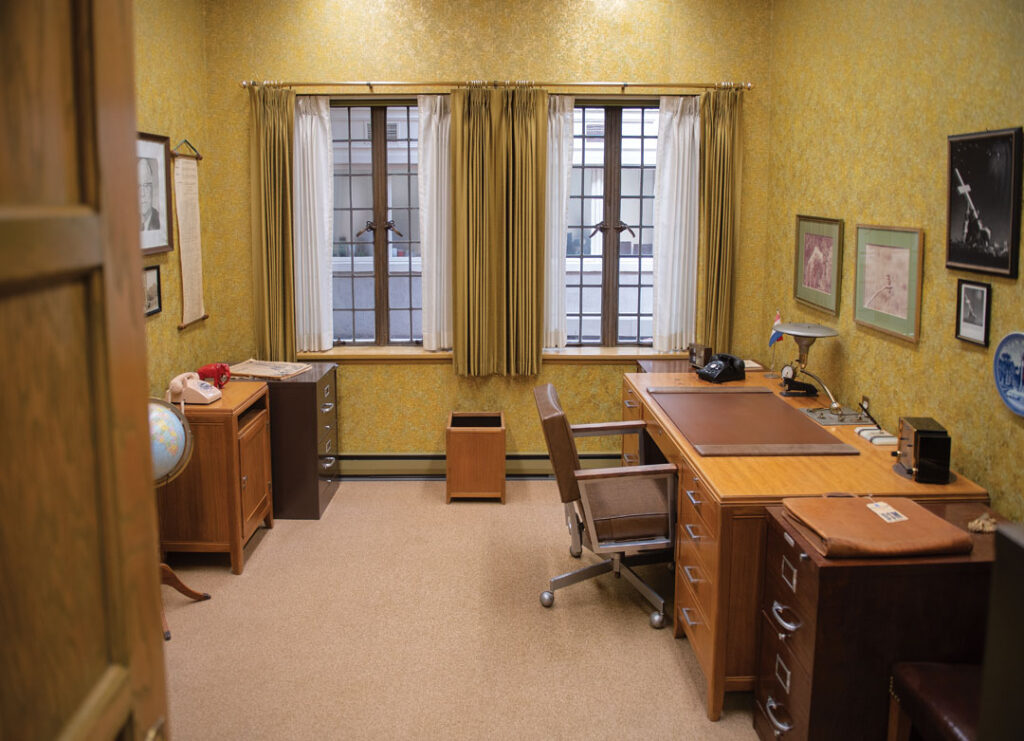
Over the last decade, Pella Corp. has been growing its geographic footprint in North America, with a particular focus on the southern U.S., expanding its product line into hurricane impact-rated windows and doors, and making acquisitions.
In November 2023, Pella announced it had completed the acquisition of Lawson Industries Inc., an aluminum window and door manufacturer with 300 employees based in Medley, Fla., just outside of Miami.
In 2018, Pella subsidiary Bonelli Enterprises expanded with a $7 million capital investment in a 72,102-square-foot manufacturing facility in Jacksonville, Fla., and anticipated 150 new jobs.
The company also purchased the Brea, Calif.-based vinyl window maker Win-Dor LLC in 2022.
There has also been a shifting focus for the company during that time, divesting in Duratherm Window Co. LLC and Michael Reilly Design LLC in July 2024, two of Pella’s luxury businesses.
The company also has wholesalers operating in the Canadian and Mexican markets.
“We think that growth is the best way to create value and the best way to ensure that we’re going to have a healthy future. And so we have grown significantly, both organically and through acquisitions. We’ve added a number of outstanding team members, and a big part of our mission from the very beginning was to add great jobs,” Pella CEO Tim Yaggi told the Business Record.
“Through growth, we’re able to do that. When we grow, we add the ability to promote people and create great careers and career paths for people,” he said.
What started as a single plant in Pella 100 years ago has grown to more than 10,000 employees across sales branches, install hubs and 18 manufacturing sites nationwide, the company says.
At the Pella plant, which handles much of the company’s wood processing and some metal processing and painting, there has been a focus on modernizing the factory floor through automation and artificial intelligence integration, Gaul said.
The company invested more than $17 million in a wood processing system that uses machine learning to cut, sort and quality test the lumber, he said during the plant tour. Wood pulp waste is recycled and shipped to American Wood Fibers, a neighboring factory that Gaul said turns the leftover wood material from window and door building into animal bedding and other uses.
Gaul said the investment in machine learning-enabled machinery enables efficiency in the process, higher product yields and a chance for advanced training for Pella employees.
“Let’s say we had a part get through that actually had a defect and shouldn’t have made it through. We could take it back in, feed it back through the scanner and teach it, and it continues to get smarter,” he said. “And we can put inputs into it, what we call our cut bill. Here’s what I need for lumber today, and it will then, as it’s bringing the boards through, optimize and it learns and gets smarter. And so that’s how we’ve helped really improve our yields, too.”
Pella is also implementing robotic systems on the factory floor that will build doors and windows based on digital commands inputted by a worker based on the specific materials fed into the automated assembly line. Gaul said soon AI-enabled automated vehicles will intuitively move window and door components to different parts of the factory as they move through the build process.
“Anytime we’re making an investment like that … not only [are we] making an investment to improve quality customer service … but we’re also thinking about the future and building that capacity in,” Gaul said. “So every investment we make, we’re building that capacity.”
After the tour, Yaggi sat down with the Business Record to discuss Pella’s growth strategy, the challenges of locating a multibillion-dollar company’s corporate headquarters in a smaller community, the need for more workers and its investment in the Pella community. His responses have been lightly edited for clarity.
Through growth and acquisition, how many jobs has Pella Corp. added and how many of those have been here in Pella?
Most of the growth has been outside of Pella. We’ve done very well in the Pella core business, but a lot of our acquisitions have been in places that are faster growing in the country, like the South and the West, and so we have a bit of a more balanced business than we did before. So we have grown here. Our wood business has grown, and that’s where we make wood products is here, but we’ve grown pretty substantially outside of Iowa as well.
In the Southern U.S., what makes those areas advantageous?
Well, people are moving there. People are moving to Florida and Georgia and the Carolinas, and also they tend to have more vinyl windows put into homes there, versus in the Northeast and the Midwest, you see more wood windows. We had to make sure not only that we had a good geographic coverage of the South and the West, but also that we have a great final lineup to take advantage of what customers in those regions want to put in their homes.
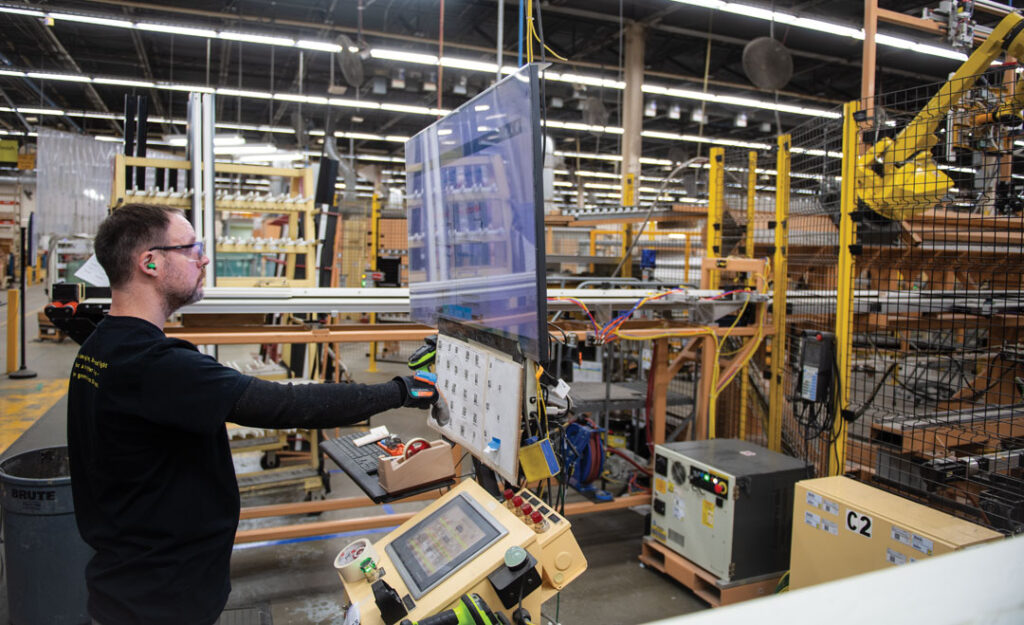
Moving forward, do you see Pella’s growth strategy focusing on organic growth, or does the company lean more toward acquisition in the future?
I think it’s always going to be a little bit of both. We’re very proud that we have grown organically. The Pella brand is the No. 1 brand in the industry. A lot of our innovation starts in the Pella business, the Pella brand. So we certainly think growing core Pella is important to our strategy. But we also recognize that there are other opportunities outside of Iowa and the core wood business. As I said, there’s vinyl and there’s aluminum. Hurricane impact products down in Florida have been important for us. So we’re really pursuing both organic and inorganic growth.
As for the Pella Corp. corporate facility and corporate office, as the company grows does that remain here? Does it continue to expand here?
Yeah, absolutely. In order to continue to successfully run a business that’s growing and that’s more complex, we need more talent here. And one of the things that we have spent a lot of time on in conjunction with our shareholders, is to make the community of Pella as attractive as possible so that we can attract great talent. We’ve made a lot of great investments. The family, our shareholder family, has been very supportive of things like a restaurant, housing, a day care center, and those are all critical as we try to attract new talent to come to work for Pella.
Let’s talk a little more about that talent attraction. The Iowa Economic Development Authority, the state of Iowa, a lot of the business groups like Iowa Association of Business and Industry, that’s one of their key focuses. What else does Pella need in order for Pella Corp. to attract that talent here?
I think having great schools is important. We do have great schools. I think housing is critical. We’ve invested in housing, but there’s still, I think, a shortage. We need amenities. We’ve invested in a restaurant, but more amenities are important. It’s a great place for families. If you have children, it’s a great place to raise your kids. We want to make sure we can also attract younger folks, single folks, and have the amenities to make sure that they feel that they can thrive in Pella as well.
You mentioned some of the attributes of being in a smaller community. Talk about some of the challenges in having the corporate office of a multibillion-dollar company in a community of about 10,000.
Again, to be a multibillion-dollar company you have to attract talent from all over the country, and not everybody is going to listen when there’s a call made and they’re told that the job is in Iowa. But not everybody wants to go to Chicago, either, or New York. So we have to pick people that are open to living in a smaller community and see the benefits of a smaller community. It’s safe. The commutes to work are very short. Again, the school system is great. Housing is cheap, and certainly, we have Des Moines as an option if you’re a young person and you don’t think there’s enough for you to do in Pella; there’s certainly the opportunity to live in Des Moines. But we try to do what we can to make Pella an attractive place to live as well as to work.
What do you think can be done at the state level for talent attraction? We have other communities in Iowa that do have that larger corporate presence. What can the state do to help you all out?
I think the challenge for Pella is a similar challenge that the state of Iowa has. We need more people if we’re going to have a thriving state, and if we’re going to have growing businesses, we need people to work in those businesses. The population in Iowa has not been growing very much in decades, and so I think attracting people is going to be important. Again, how do you attract them? Housing is very inexpensive. Schools are good. How can we create more affordable housing to make it more attractive? When you bring workers in, they need a place to live, right? So I think housing is one that probably comes to the top of the list.
Let’s talk about automation. How is Pella incorporating automation and artificial intelligence into its production process? How do you see that fitting into the company’s future?
I think automation and artificial intelligence are going to be increasingly important. As we incorporate automation, people don’t lose their jobs, they get redeployed. But we tend to put automation in areas that are really hard, difficult jobs. Maybe it’s work that’s very heavy, or work that’s very repetitive, things that a machine can do more easily than people, and then we redeploy people in jobs that they’re better suited for. It’s important for us to aim automation at the jobs that we think are our best in terms of giving our people relief, certainly where we can save money and reinvest the cost in other places. And even artificial intelligence is going to improve our ability to check our quality, to load trailers more efficiently. So there are a lot of exciting things happening in AI here at Pella.
As Pella Corp. grows, what are some of the key things you’re looking for as you’re looking for a market to expand into? Where’s the greatest demand?
The market has actually been a little soft the last two years, and that’s really due to interest rates and mortgage rates being relatively high. So the market’s been depressed, but we have grown even in a down market. Longer term, I’d like to see some housing tailwind. If mortgage rates can come back down a little bit, I think that would be very helpful to new construction. And then even on the replacement side, replacement and remodel, interest rates can dissuade people from replacing because oftentimes they take out a loan in order to put in new windows. So we’d love to see interest rates come down. But I think longer term, there aren’t enough homes in the U.S., and I think longer term, we’re going to have some nice tailwinds.
What has the impact been for Pella Corp. with the expansion in multifamily residential?
Multifamily had a big upswing during COVID times, and now it’s slowed down quite a bit. It is a segment that we participate in, but I would say we are more disproportionately focused on single-family, new construction and replacement. But I think multifamily will recover as well, because, again, there aren’t enough homes for the number of households and the population growth that we’ve experienced here recently. And I think as interest rates get back, we’ll start to see some housing recovery.
Are there other product categories that Pella is looking to expand into? What would those be?
We’re going to stick with windows and doors. That’s what we do well, and we think there’s plenty of growth left in windows and doors. But we have gotten into things like large patio doors, multipanel patio doors, because you’re seeing a trend toward indoor-outdoor living, especially in warm climate places like Phoenix. So we’ve gotten into that market pretty heavily, and we’re excited about the growth there. We’ve gotten into hurricane impact windows, because in Florida you need impact-certified windows. A lot of people are moving to Florida. I think that will continue to happen, so we’re now fully capable in hurricane impact windows. So we’re trying to get into other segments where we think they’re only going to grow, whether it’s because of population or because of housing trends. What people prefer. We also see people preferring bigger windows, and we like that too. They want more light. They want more visibility. And so bigger windows is a nice trend for us as well.
How does the insurance market, in some of those areas, affect Pella’s business? What’s the interaction there, and how are you all monitoring that?
Certainly, insurance costs factor into affordability. There are a lot of factors that go into affording a home — insurance cost is one. I think we’re going to have to see what happens in Florida and California in terms of what impact that has on affordability. I think it’s a much bigger issue than just windows. But again, I think the population growth and migration into Florida is likely to continue, maybe right along the coast it’ll be a little more challenging. But people seem to prefer warm weather, so I think we’re going to continue to see migration there.
From a capital investment standpoint, how does the Pella Corp. board of directors plan to invest in the next five to 10 years?
We continue to be aggressive. We think growth companies are aggressive in terms of both capital spending for organic growth as well as acquisition. So we are going to continue to invest in technology. We want to invest in technology that makes us easier to do business with, with our customers, digital interfaces and so forth. We’re going to continue to invest in plants and equipment and automation and AI. We’re also going to continue to look for the right acquisitions where we can expand more aggressively into high-growth territories in the U.S.
What would be the strategy for expanding internationally, and is there an appetite at Pella Corp. to do more of that?
If you think about Europe, for example, Europe already has lots of window manufacturers. The products are different, the suppliers are different, the customers are different. So I don’t think we get a whole lot of leverage by going into Europe in an already well-served market. Again, even though we have grown significantly, the window and door business in the U.S. is still relatively fragmented. And I think there’s still plenty of share growth that we can deliver here in the U.S. and North America.

Mike Mendenhall
Mike Mendenhall is associate editor at Business Record. He covers economic development, government policy and law.





